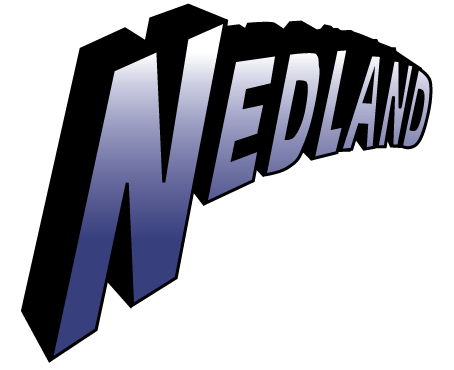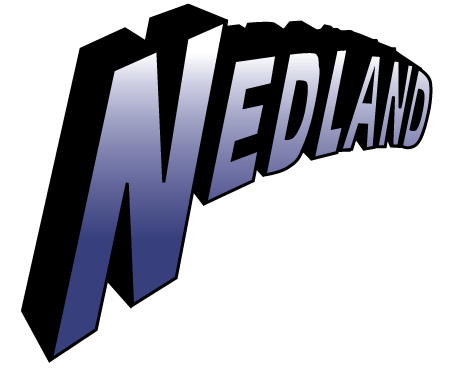Sourcing a commercial compactor for your business application?
Well, like anything in life, the devil’s in the details. So, before you sign on the dotted line, be sure you carefully weigh a few key components to ensure you’re purchasing a waste compactor unit that won’t create expensive maintenance and repair challenges for you down the road.
Here’s what you’ll want to consider.
UHMW nylon
A lot of stationary and self-contained compactors on the market guide the RAM along steel shoes—they’re running steel on steel—and that’s one critical thing you’ll want to avoid.
Why? Well, as you might expect, steel on steel is incredibly noisy to operate. But, more importantly, when those shoes wear out, you’ll need to replace the floor of the compactor—a time-consuming and expensive repair proposition.
Units that operate on UHMW nylon, however, resolve these problems—producing commercial compactors that give you quieter operation, reduced repair costs, and extended life.
And, when the UHMW nylon strips wear out? You can just bolt on new nylon and be good to go. These are quick repairs that are as easy as changing a tire.
PLC-controlled power units
Is the compactor manufacturer leveraging pressure switches, or worse—limit switches—to control the extend and retract on its power units? Because that’s a set-up you’d be smart to avoid.
The problem? When debris gets behind the trash compactor blade—and, let’s face it, it always does—the debris will trip these switches. Obstructions to pressure switches produce false spikes. False direction from limit switches trip the arms back. Either way, instead of making a complete stroke out and back, these units short-stroke or the arms get bent—even busted off.
A unit that uses a PLC to control both the power unit and the timing of the RAM resolves this challenge. Meaning, you won’t have to worry about obstructions to the controls that will otherwise produce false spikes.
Submerged power units
Considering a commercial compactor that operates on a dry power unit? You might want to reconsider. These units need to be regularly greased and continuously fan-cooled, introducing opportunities for things to go wrong into the mechanical system.
With a submerged power unit, however, the motor is continuously bathed in hydraulic fluid, so:
- You won’t have to do maintenance
- You’ll extend the life of your motor
- Your compactor will operate more quietly than its dry power unit counterpart
Speaking of hydraulic fluid, opting for synthetic, biodegradable hydraulic fluid is a wise choice. Why? If there’s a spill—depending on your local rules and regulations—you won’t have to hire a special team to clean up the fluid and, unlike vegetable-based options, synthetics won’t eat through the seals.
Reverse blocks
Take a close look at the motor. Is the compactor manufacturer using directional valves? Because that’s another thing you’ll want to steer clear of. The reason: Spools get dirty and magnets go bad. In short, directional valves introduce additional maintenance headaches that are just waiting to bite you.
Units that operate on reverse blocks and are controlled by hydraulics, though, eliminate this electrical component—reducing the chances of a costly repair.
When it comes to commercial compactors—source smart
Whether you’re vetting stationary compactors or self-contained, these commercial machines are a big investment.
So, be sure that the short-term savings you might realize on Day One because the manufacturer cut a few corners don’t create long-term headaches and expense for you down the road.


